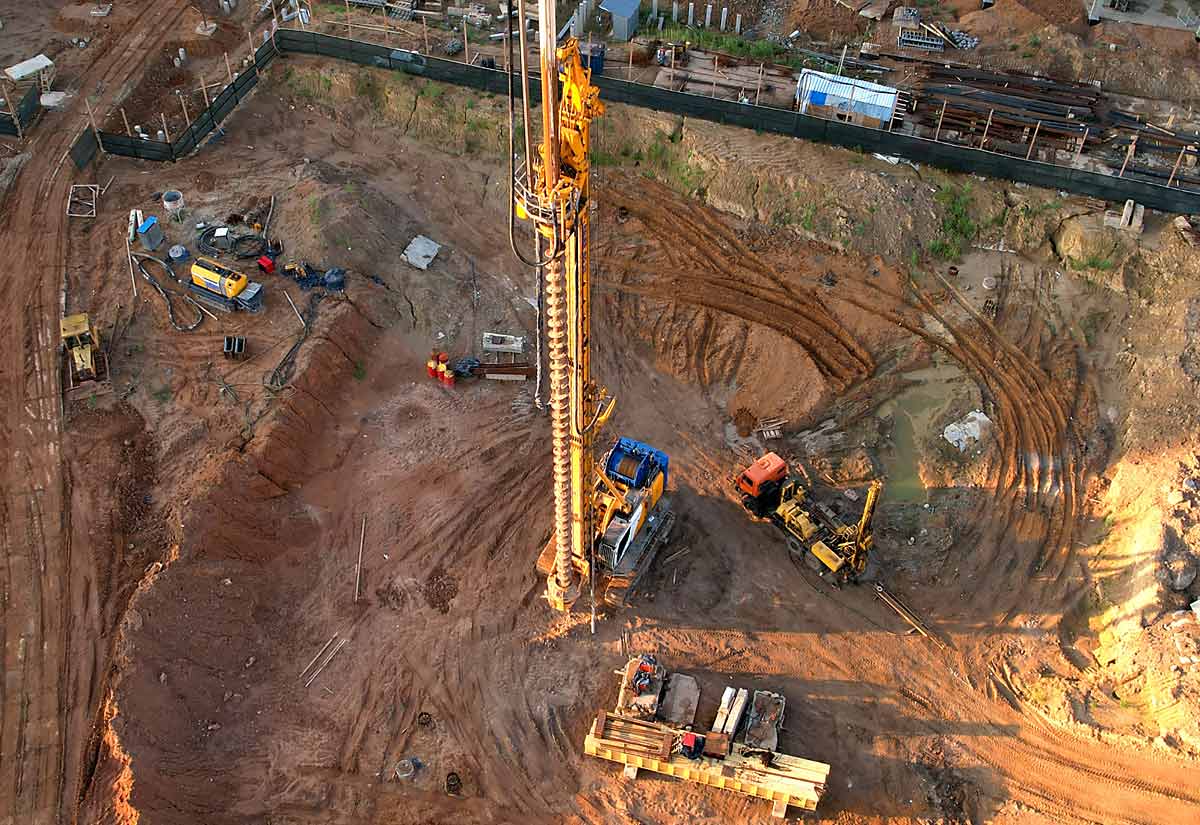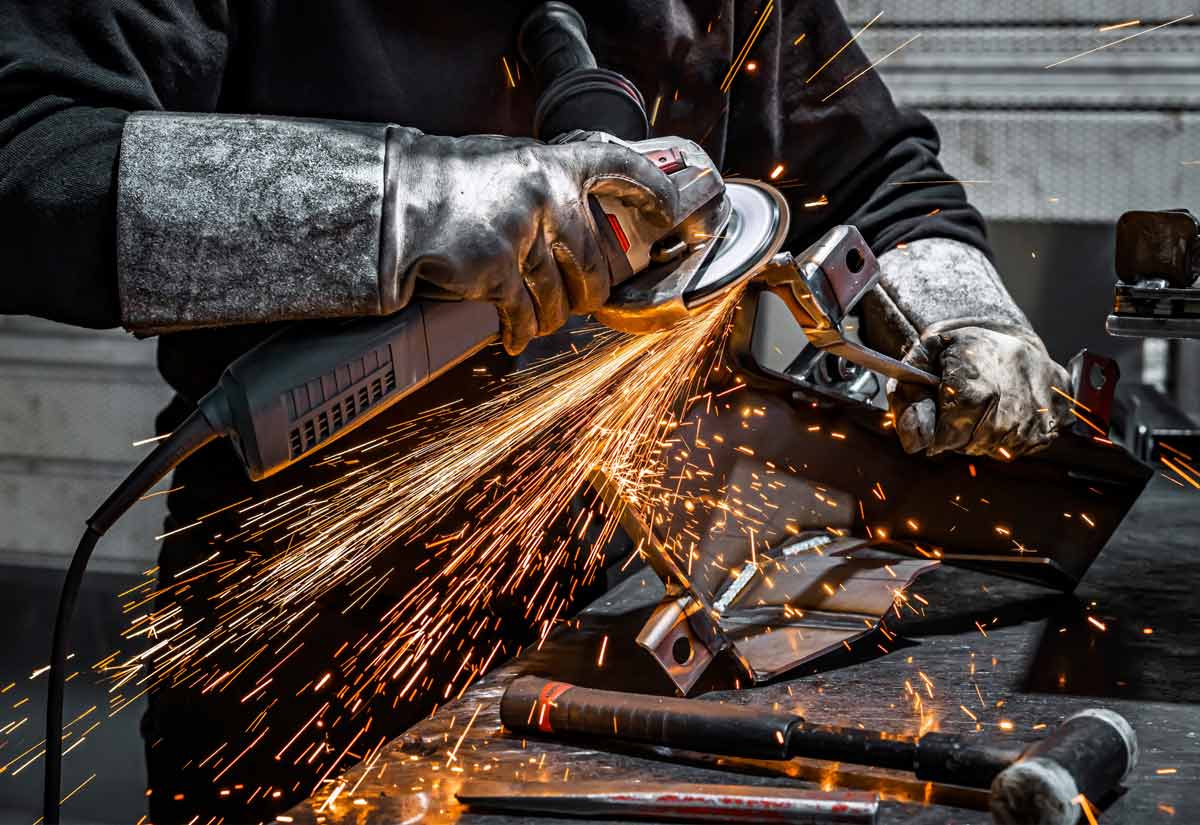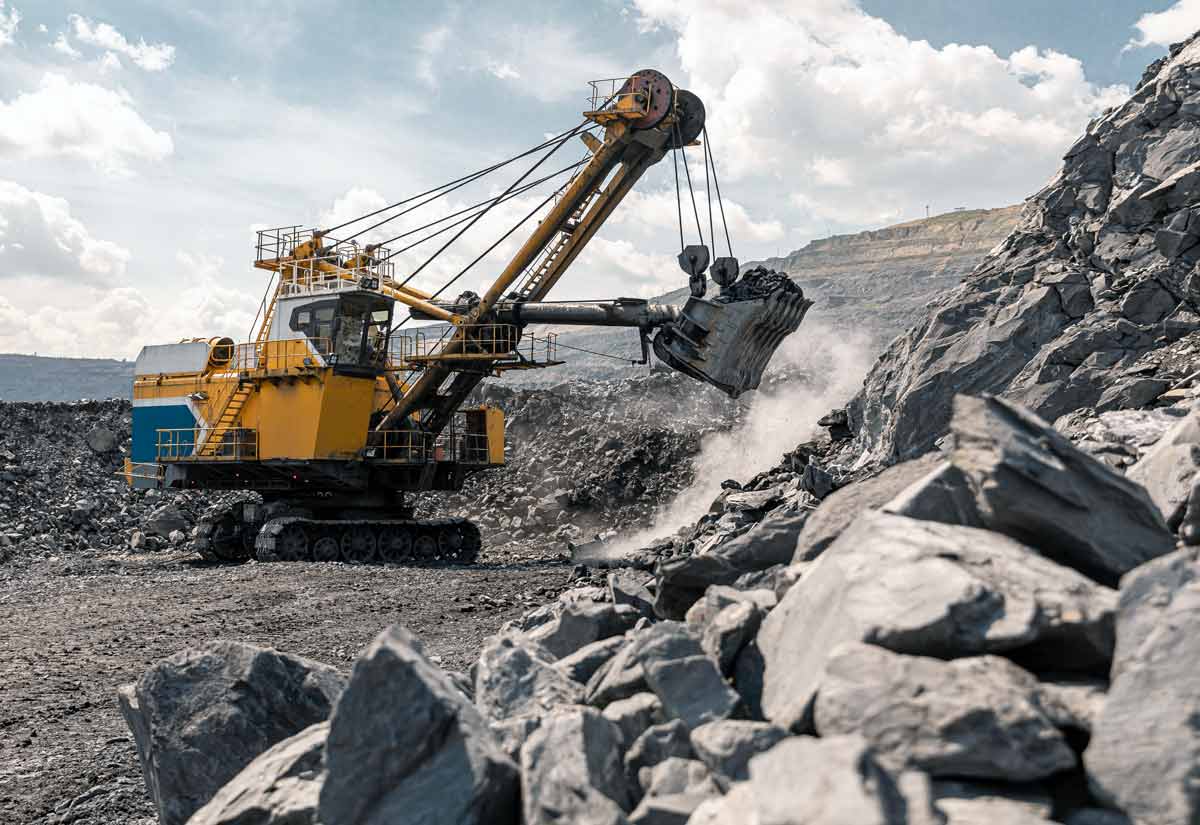Tunnel construction is a complex engineering task due to the difficulties and logistics involved in boring and digging over extended distances underground. However, thanks to advances in equipment technology, complex tunneling construction projects are accomplished throughout the world. The tunnel boring machine (TBM) has made the engineering and construction of these tunnels possible, a feat that may not have been possible at one time.
History of the TBM
The first TBM was developed in 1952 by James Robbins for the Oahe Dam Project in South Dakota. This model dragged bits and cutters to excavate weak shale rock successfully. However, it was still too weak to excavate rock. Seeing the need for a more advanced machine, Robbins built the rolling disc cutter used to bore the first rock tunnel.
Through the years, the TBM was significantly upgraded, ultimately leading to the development of the next-generation hybrid, the crossover TBM in 2015. It was capable of handling multiple geologies. In 2017, the first onsite assembly was accomplished by Robbins, which cut delivery times, saving millions of dollars.
Today’s tunnel boring machines have replaced drilling and blasting methods while limiting clearing and construction areas to the surrounding underground regions. Since they are capable of making smooth tunnel walls, the costs of tunnel lining is substantially reduced. TBMs have high up-front costs. However, they are still more cost efficient compared to the drill and blast tunnel building methods of the past.
Types of TBMs
The two major types of TBMs used today are the hard rock TBM and soft ground TBM.
Hard Rock TBM
The hard rock TBMs use mounted disc cutters that function by fracturing the rocks and chipping them off the tunnel. The resulting muck is then moved through the cutter head openings on the machine’s conveyors, subsequently removing them from the tunnel.
Two types of hard rock TBMs are the shielded or open-type machines. In the open machine, there is an open area behind the cutter to support the rock. Gripper shoes push against the tunnel’s walls as thrust assists in forward movement. After each stroke, the grippers retract and the TBM’s rear legs are lowered. The gripper assembly is then repositioned by retracting the propel cylinders for the next cycle.
In the final step, the grippers extend, the rear legs are lifted and the cycle is repeated. The machine is carefully steered through this entire process. These shielded hard rock machines install concrete segments to stabilize the tunnel walls as they continue the process.
Shielded TBM
Double shield TBMs can operate in one of two modes. These are for either stable or unstable ground conditions. For more stable ground, forward motion is accomplished by gripping the tunnel walls. The unstable mode, however, functions by using thrusters to push off against the tunnel’s segments. This protects the walls from strong forces.
The two main types of tunnel boring machines used in softer ground projects are Earth Pressure Balance Machines (EPB) and Slurry Shield (SS). Both use thrust cylinders, much like the single shield TBMs that push against concrete segments for movement.
The EPB uses a combination of tungsten carbide cutting bits, carbide disk cutters and hard rock disc cutters. The machine’s operator, along with automated components, function together to maintain a steady rate of soil removal. The injection of additives, such as bentonite, polymers and foam in the ground help promote further stability.
Unlike the EPB machines, the Slurry Shield works in soft ground containing larger amounts of groundwater and high water pressures. In this type of TBM, soil mixed with bentonite slurry travels through a network of tubes that eventually carry the mixture outside the tunnel. This process requires large plants to separate the dirt from the slurry for recycling back into the tunnel.
Future of Tunneling Construction
Tunnel boring technology continues to advance, allowing tunnel construction in areas within certain geologic environments that were not possible even just a decade ago. As TBMs increase in size and include more sophisticated components in their control systems, they can be used in higher groundwater pressure excavation sites.
An example of tunneling technology advancement is seen with The Boring Company’s Hyperloop tunnel construction. The company employs TBMs with triple the power, capable of continuous mining, and rubber-wheeled segment trucks rather than those that are rail-based. Standard TBMs complete a mile in eight to 12 weeks, but the TBM used in The Boring Company’s Prufrock TBM can complete one mile per week.
Tunneling technologies continue to evolve as cities require more underground transportation avenues. Thanks to advances in TBMs, tunneling construction is more efficient than ever before.
At Resource Erectors, we specialize in recruiting top talent for many positions in the civil construction and mining sectors. Contact us for more information on how we can provide your company with highly-trained professionals in the field.










